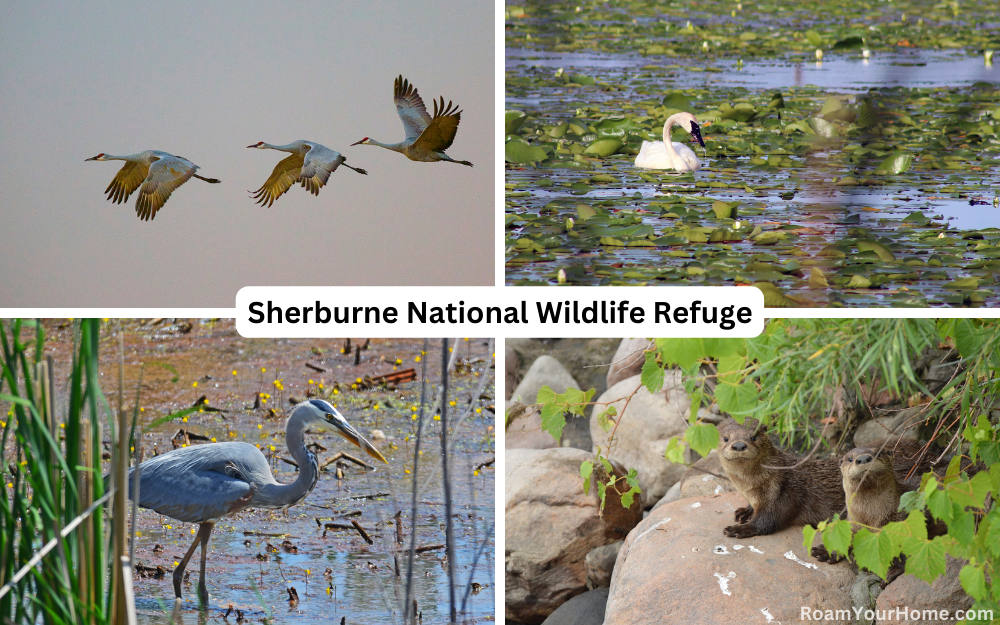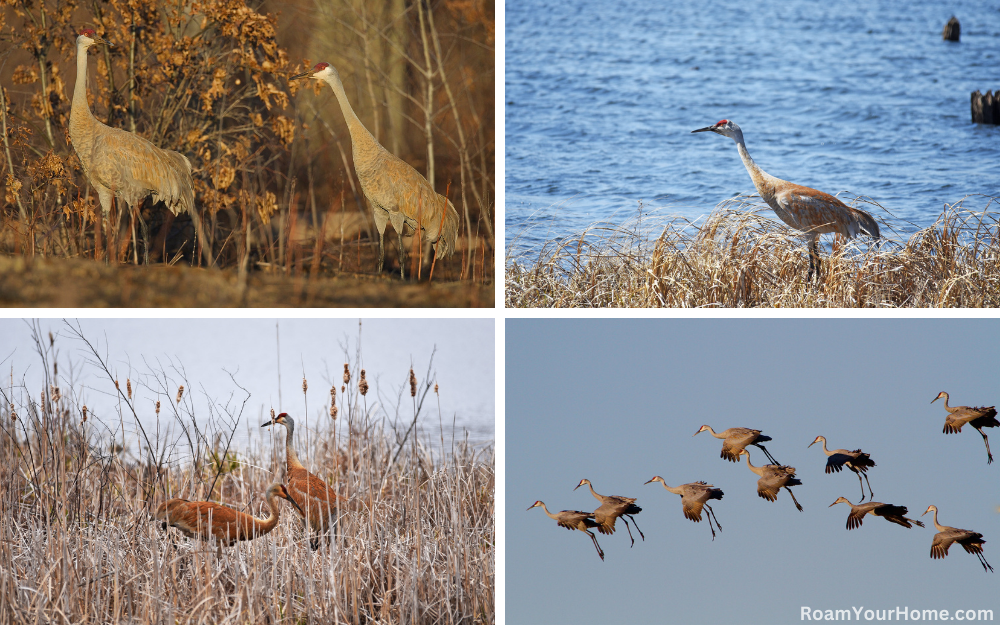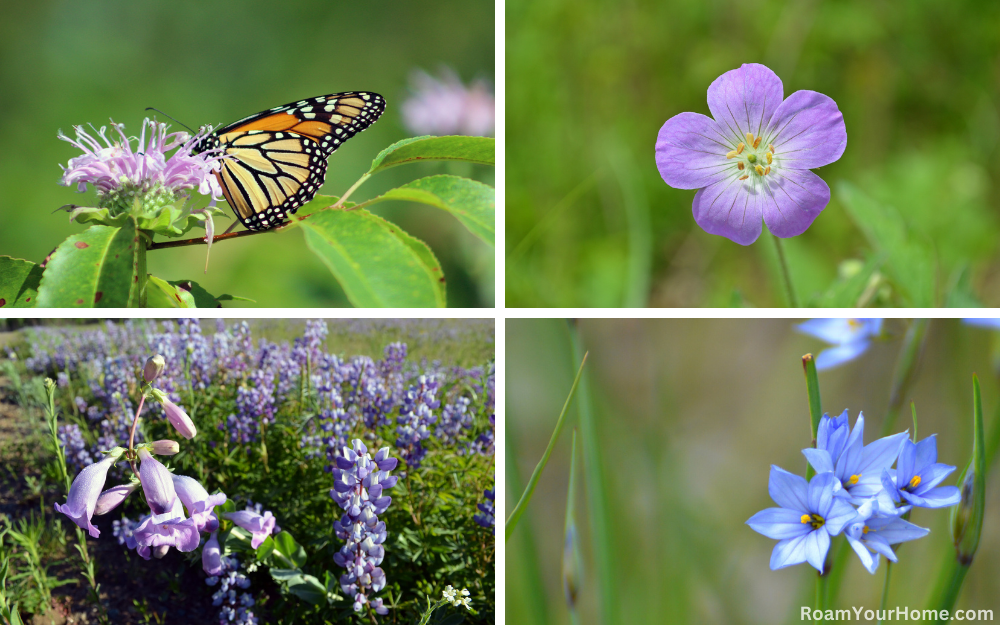
See Sandhill Cranes at the Sherburne National Wildlife Refuge
Sherburne National Wildlife Refuge is a beautiful place that is little known outside of east-central Minnesota. The refuge is a wild oasis only about an hour northwest of Minneapolis and a little over 30 minutes from St. Cloud. For being so close to major metropolitan areas, the refuge is quite large. It protects nearly 31,000 acres.
Birdwatching at the Sherburne National Wildlife Refuge
Birding is a popular activity in the Sherburne NWR. The refuge is located within the Mississippi Flyway. The National Audubon Society designates it as an “Important Bird Area.” Every year, countless migratory birds visit the refuge. Birding is great year-round in the refuge. Depending on the season, many songbirds, raptors, and waterfowl can be seen. More than 230 different species of birds have been documented. Tens of thousands of one species in particular draw bird watchers from around the continent to check off a life list species for most birders.

Sandhill Cranes at the Sherburne National Wildlife Refuge
Each year, from September through November, Sandhill Cranes migrate through the Sherbourne National Wildlife Refuge to their wintering grounds in the southeastern United States. Cranes start arriving in September, with more and more arriving throughout October until peak, generally in early November. As many as 14,000 sandhill cranes have been observed in the refuge daily. If you plan your visit around seeing them, here are some things to keep in mind. Cranes generally sleep in the refugee’s wetlands. By an hour after sunrise, they have taken off to search for food. During the daytime, the cranes prepare for the long migration by eating in farmers’ fields, often just to the north and west of the refuge. The cranes arrive back at the refuge about an hour before sunset.

Other things to do in the refuge
Driving the 7.3-mile Prairie’s Edge Wildlife Drive is a great way to spot wildlife. In addition to wildlife, watch for wildflowers in the spring and summer, such as fields bursting with lupine.
Another great way to explore the refuge is by putting your boots on the ground. There are more than 10 miles of hiking trails in the refuge. There is something for everyone. The 3-mile Mahnomen Trail weaves through prairie, oak savanna, and wetland habitats. It’s particularly popular during the spring and fall bird migrations. The 0.5-mile Woodland Trail is an excellent spot if you are looking for warblers and other songbirds. In the winter, all the refuge trails will be used for snowshoeing and cross-country skiing.
No camping is available in Sherburne National Wildlife Refuge, but check out Sand Dunes State Forest for those looking to spend the night. It’s close by and has camping available.
